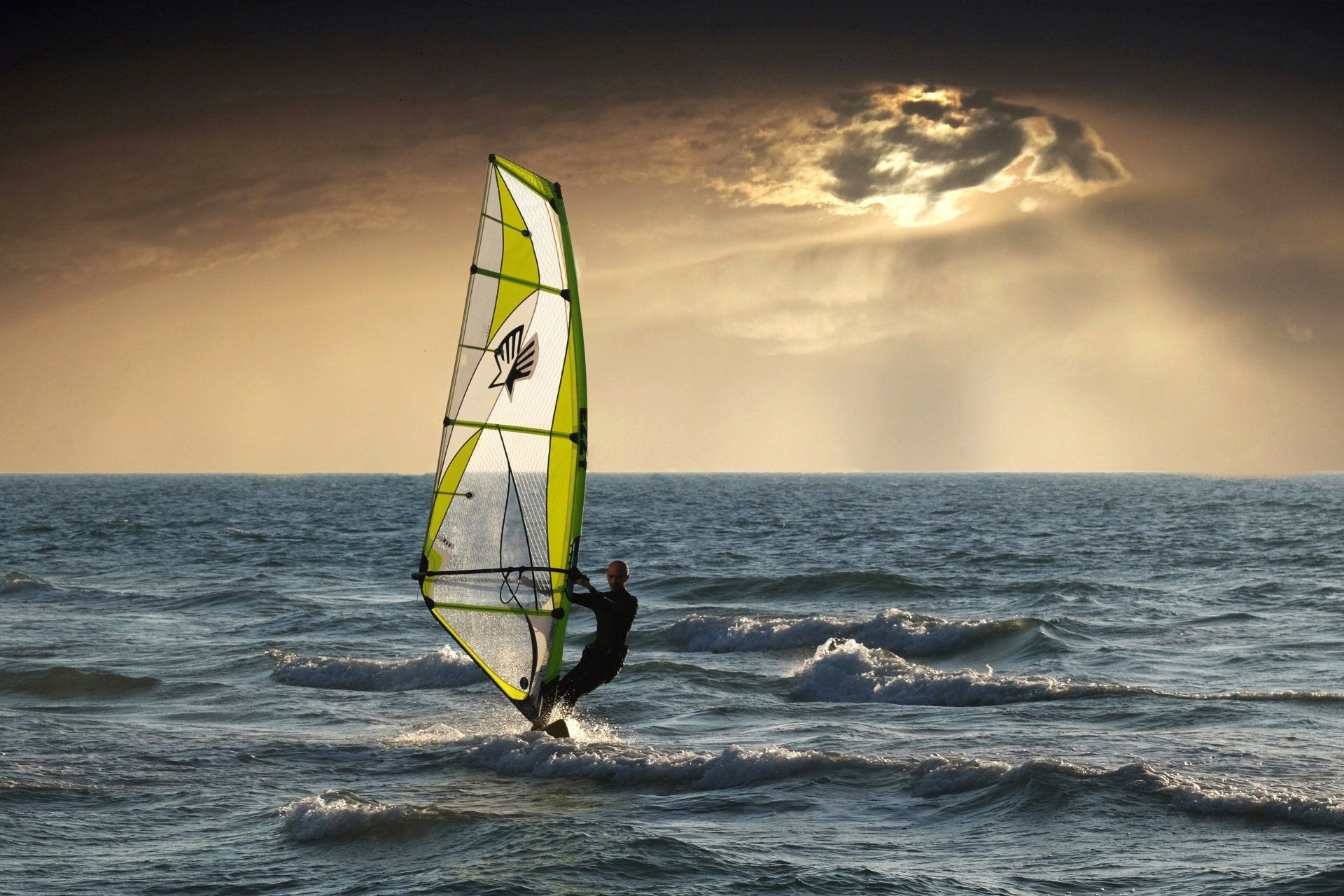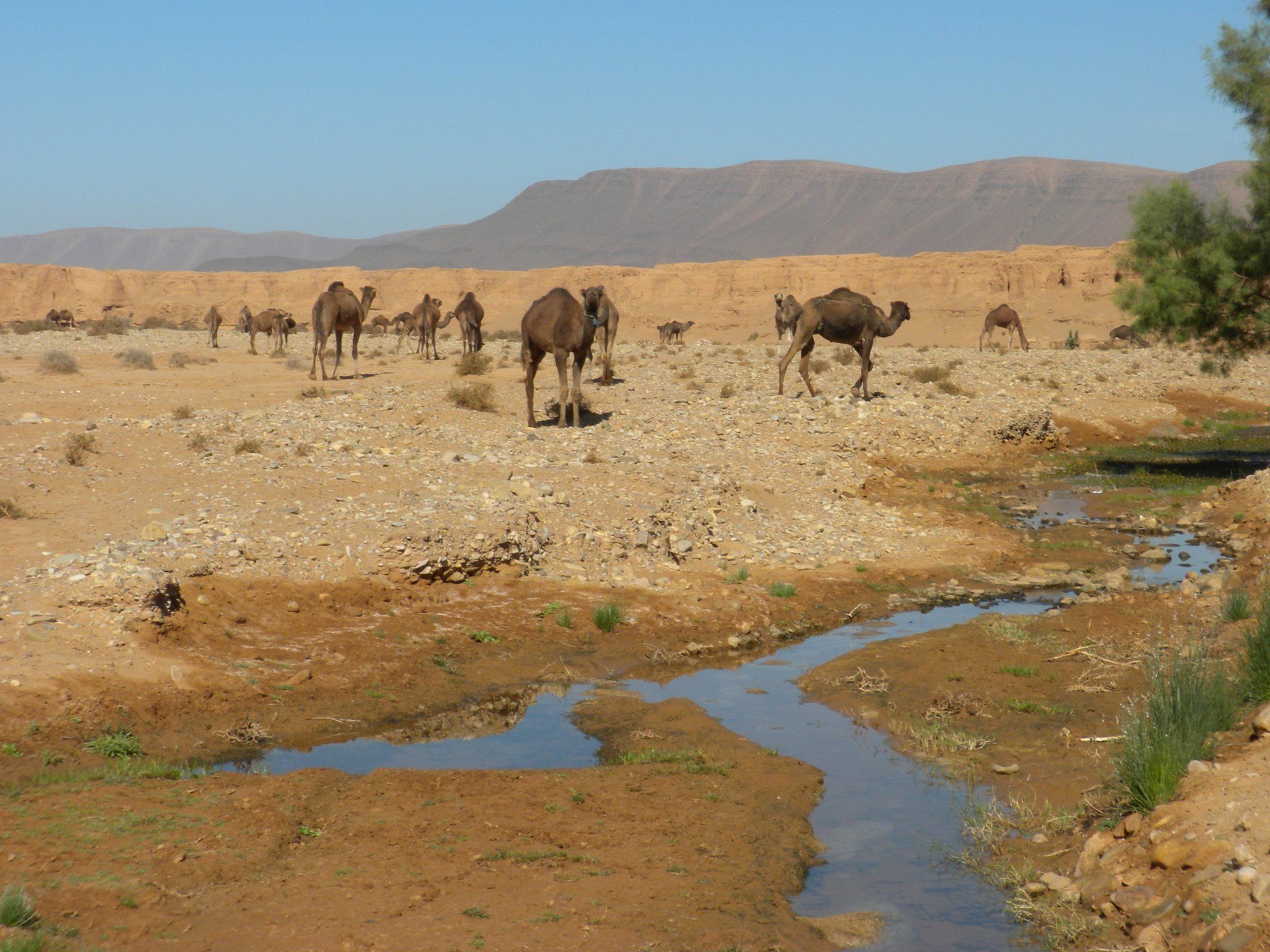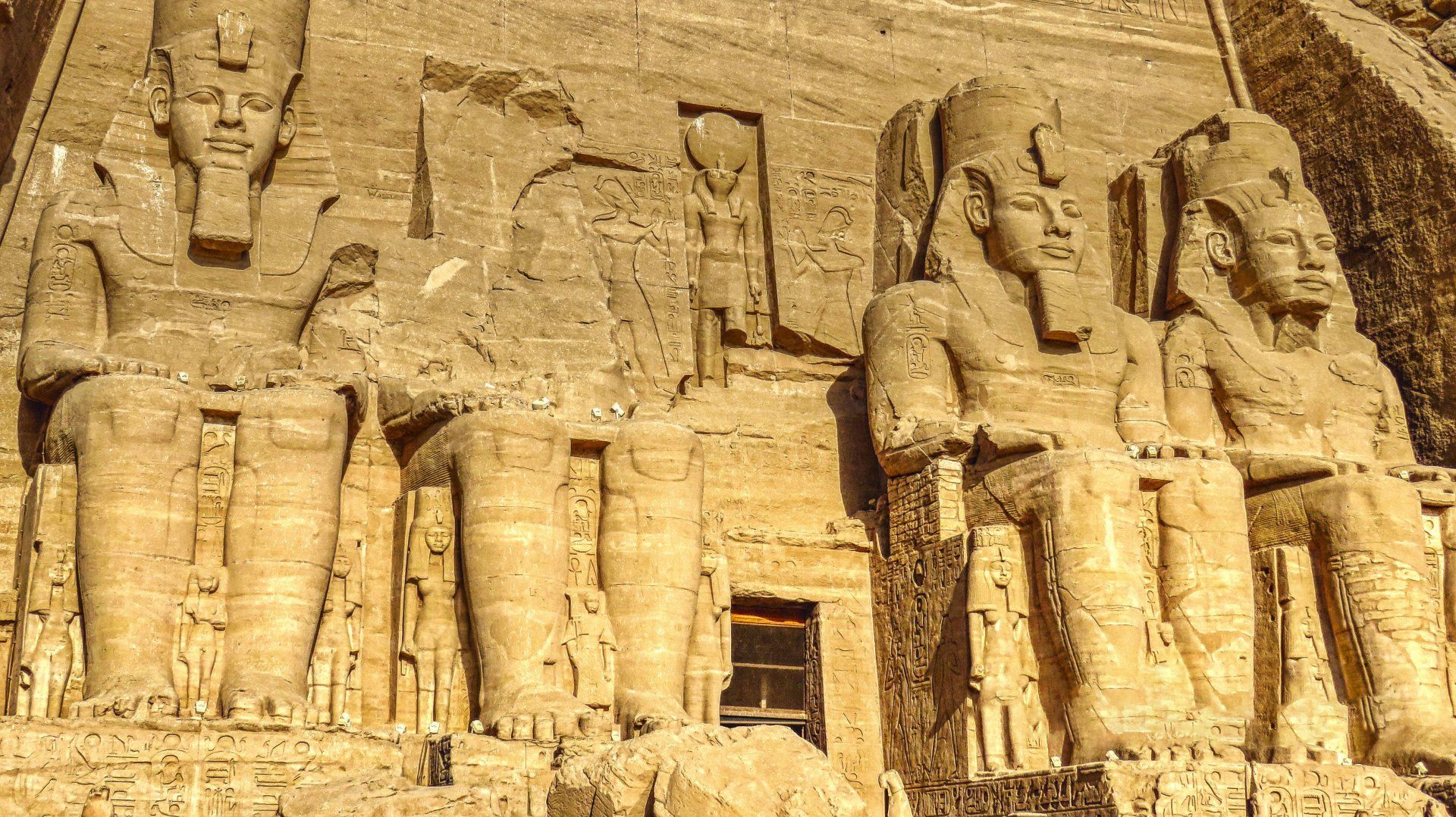Diving in the Red Sea: Discover the Underwater Wonders
The Red Sea is a spellbinding destination for divers from all over the world. Its crystal-clear waters, vivid coral reefs, and plenty of marine life make for a unique underwater experience. This essay will look at the beauty of diving in the Red Sea and the incredible treasures beneath its surface. The Red Sea
The Red Sea, located between Africa and Asia , is renowned for its exceptional diving conditions. It stretches over 1,200 miles, offering a vast playground for divers of all skill levels. The warm, clear waters and diverse marine ecosystem make it a paradise for underwater enthusiasts.
The Red Sea: A Diver's Paradise
The Red Sea offers some of the best diving possibilities in the world. Its pure waters are home to a variety of marine creatures, vibrant coral reefs, and magnificent undersea scenery. Whether you are a newbie or an expert diver, the Red Sea has something for everyone.
Spectacular Coral Reefs
The Red Sea is noted for its stunning coral reefs. These underwater environments are filled with life, including fish, turtles, rays, and dolphins. The corals' vivid colors and intricate shapes combine to produce a truly breathtaking visual spectacle.
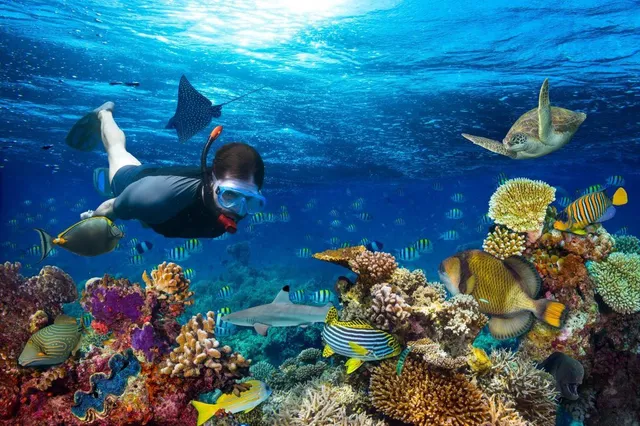
Marine Biodiversity
Diving in the Red Sea allows you to witness an incredible diversity of marine life. From tiny seahorses and clownfish to magnificent whale sharks and manta rays, the Red Sea is a haven for biodiversity. Each dive brings the opportunity to encounter unique species and observe their natural behavior in their underwater habitat.
Popular Diving Spots
The Red Sea has various famous diving destinations that cater to divers of all skill levels. Dahab, Sharm El Sheikh, Hurghada, and Marsa Alam are just a few coastal towns and cities that serve as access points to the Red Sea's underwater wonders. Each place has its own charm and offers a selection of dive sites with distinct characteristics.
Dive Sites for Beginners
If you're new to diving or want a more leisurely underwater experience, the Red Sea has lots to offer. Ras Mohammed National Park and the Straits of Tiran offer benign currents, shallow depths, and quiet seas, making them suitable for beginners. These destinations allow you to discover the world of diving while admiring the beauty of the Red Sea.
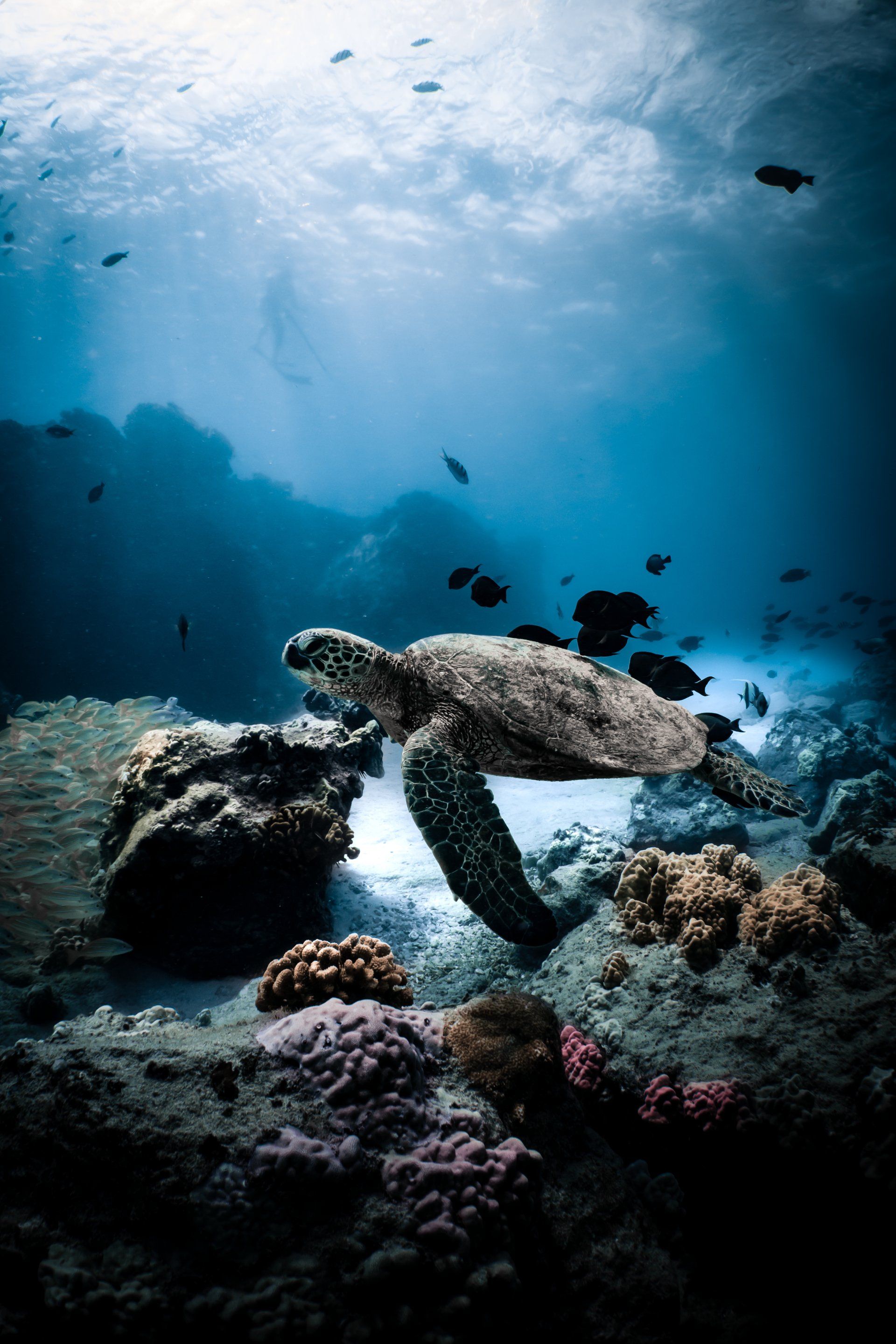
Advanced Diving Opportunities
The Red Sea offers exciting chances for skilled divers seeking a challenge. Advanced dive destinations such as the Brother Islands, Elphinstone Reef, and the Thistlegorm wreck provide spectacular encounters with larger marine animals as well as unique undersea topography.
Wreck Diving Adventures
The Red Sea is a treasure trove of sunken ships and artificial reefs waiting to be explored. Wreck diving enthusiasts can explore fascinating sites such as the SS Thistlegorm, which sank during World War II and now serves as an underwater museum. These dives offer a glimpse into the history and a chance to witness the wonders of marine life thriving around these submerged structures.
Dive Safety and Regulations
When diving in the Red Sea, safety is the most important consideration. It is critical to dive with a qualified diving center and adhere to all safety rules and regulations. The Red Sea authorities have put in place severe measures to protect the marine ecosystem, such as limitations on fishing and diving practices. By adhering to these guidelines, we can protect the Red Sea's beauty for future generations of divers.
Best Time to Dive
The Red Sea is a year-round diving destination, but certain seasons provide ideal conditions. The months of April through June, as well as September and November, offer good water temperatures, excellent visibility, and less tourists. However, even in other months, the Red Sea remains an intriguing destination with plenty to offer.
Top Tips for Red Sea Diving
- Ensure your diving equipment is in good condition and properly maintained.
- Stay hydrated and use sunscreen to protect yourself from the sun’s rays.
- Dive with a buddy and communicate effectively underwater.
- Respect the marine life and refrain from touching or damaging corals.
- Take underwater cameras to capture the beauty of the Red Sea but be mindful not to disturb the marine environment.
The Future of Dive in the Red Sea
The Red Sea's popularity as a diving destination is predicted to increase. Efforts are undertaken to safeguard the marine habitat further and promote sustainable diving practices. Conservation activities, research projects, and community involvement are important to keeping the Red Sea a healthy and beautiful environment for divers to enjoy.

Dive Planning and Safety
To ensure a safe and enjoyable diving experience in the Red Sea, consider the following tips:
Select a reputable diving center
that promotes safety, hires competent instructors, and has well-maintained equipment.
Plan your dives. Discuss dive plans with your instructor, such as dive depths, profiles, and safety stops. Be mindful of your limits and follow safe diving procedures.
Protect the marine environment: As responsible divers, we must maintain the Red Sea's delicate ecosystem. Avoid touching or injuring corals, always use correct buoyancy control, and never remove marine animals or artifacts from their native home.
Stay hydrated: Drinking plenty of water before and after your dives prevents dehydration and improves physical performance underwater.
.
Monitor your air supply: Check your air gauge on a regular basis and speak with your dive companion to ensure you have enough air to complete your dive and make any necessary safety pauses.

FAQs Related to Diving in the Red Sea
1. Are there sharks in the Red Sea?
The Red Sea is home to various shark species, including the famous reef sharks. However, they generally pose no threat to divers and are more afraid of humans than we are of them.
2. What is the water temperature in the Red Sea?
The Red Sea's water temperatures fluctuate from 22°C (72°F) in the winter to 29°C (84°F) in the summer, making diving possible year-round,
3. Do I need to be certified to dive in the Red Sea?
While a diving certification is not legally needed, it is strongly advised to assure your safety and enjoyment of the Red Sea's underwater delights.
4. Can you observe dolphins while diving in the Red Sea?
Yes, dolphins are commonly seen in the Red Sea. Some dive areas, such as Sataya Reef, are well-known for attracting these kind and clever critters.
5. How can I help to conserve the Red Sea?
You can contribute to the conservation of the Red Sea by following sustainable diving practices, respecting marine life, and supporting local organizations and initiatives focused on protecting the marine ecosystem.
Conclusion
Diving in the Red Sea is a genuinely amazing experience. The magnificent coral reefs, diverse marine life, and enthralling underwater vistas make it a must-see destination for divers worldwide. Whether you're a beginner or an experienced diver, the Red Sea provides countless opportunity to make amazing moments beneath its azure waves.
